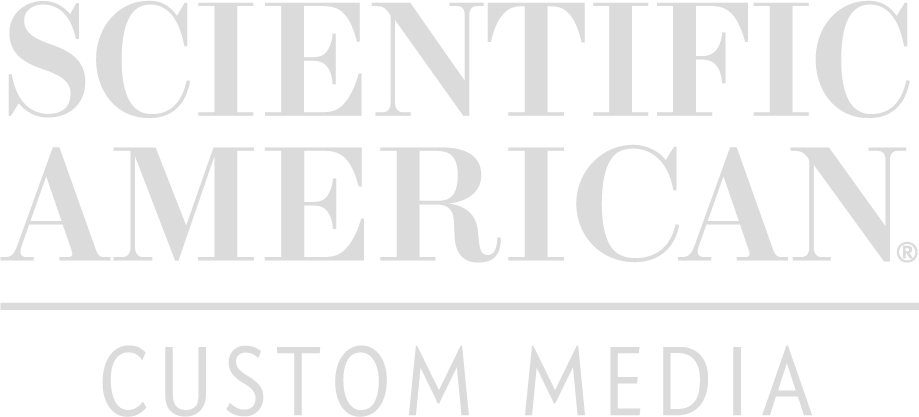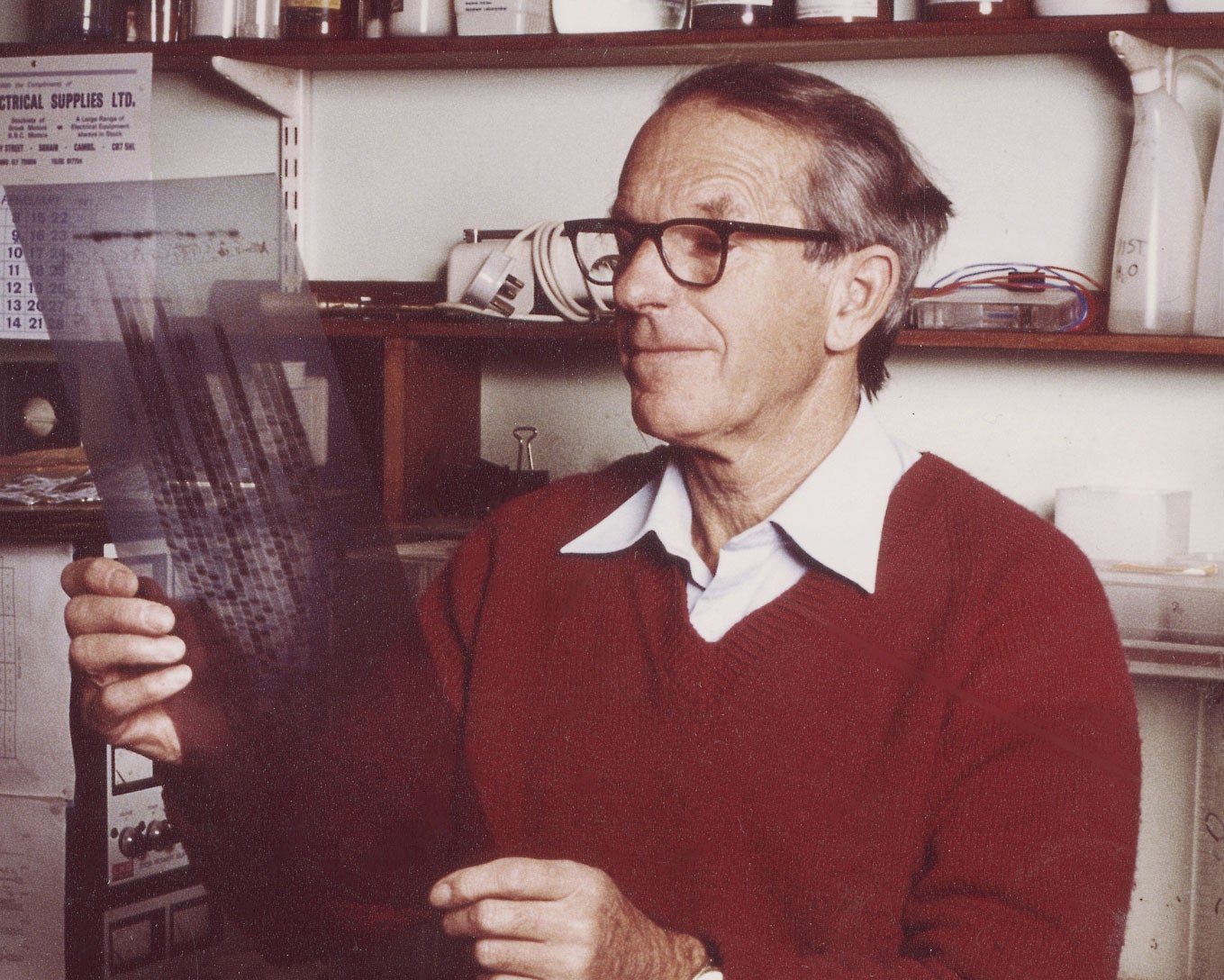
The dawn of genetic engineering
Since the 1970s, scientists like Fred Sanger have developed methods to modify the genes of many organisms—knocking them out, altering them, adding genes from one species to another. This has led to major scientific and technological advances.
Credit: MRC Laboratory of Molecular Biology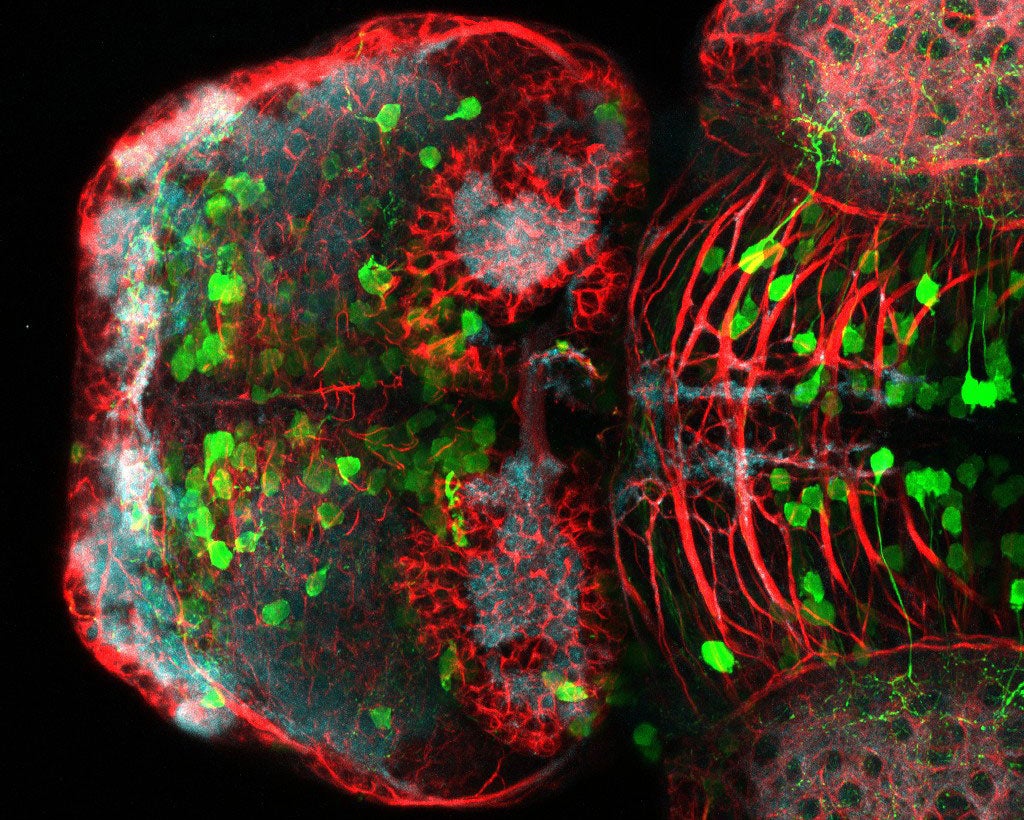
Genetic engineering has led to multiple advances
It has helped scientists visualize working neurons inside the brain, such as these shown in a zebrafish. It has also revealed the molecular roots of human disease, and enabled biotech companies to mass-produce the active ingredients of vaccines and insulin for diabetics. But altering genes was slow, error-prone and expensive. Some breakthroughs were slow to arrive, including safe and effective gene therapies, hardy crops that withstand drought and heat, and genetically modified livestock that produce organs for transplantation.
Credit: Monica Folgueira & Steve Wilson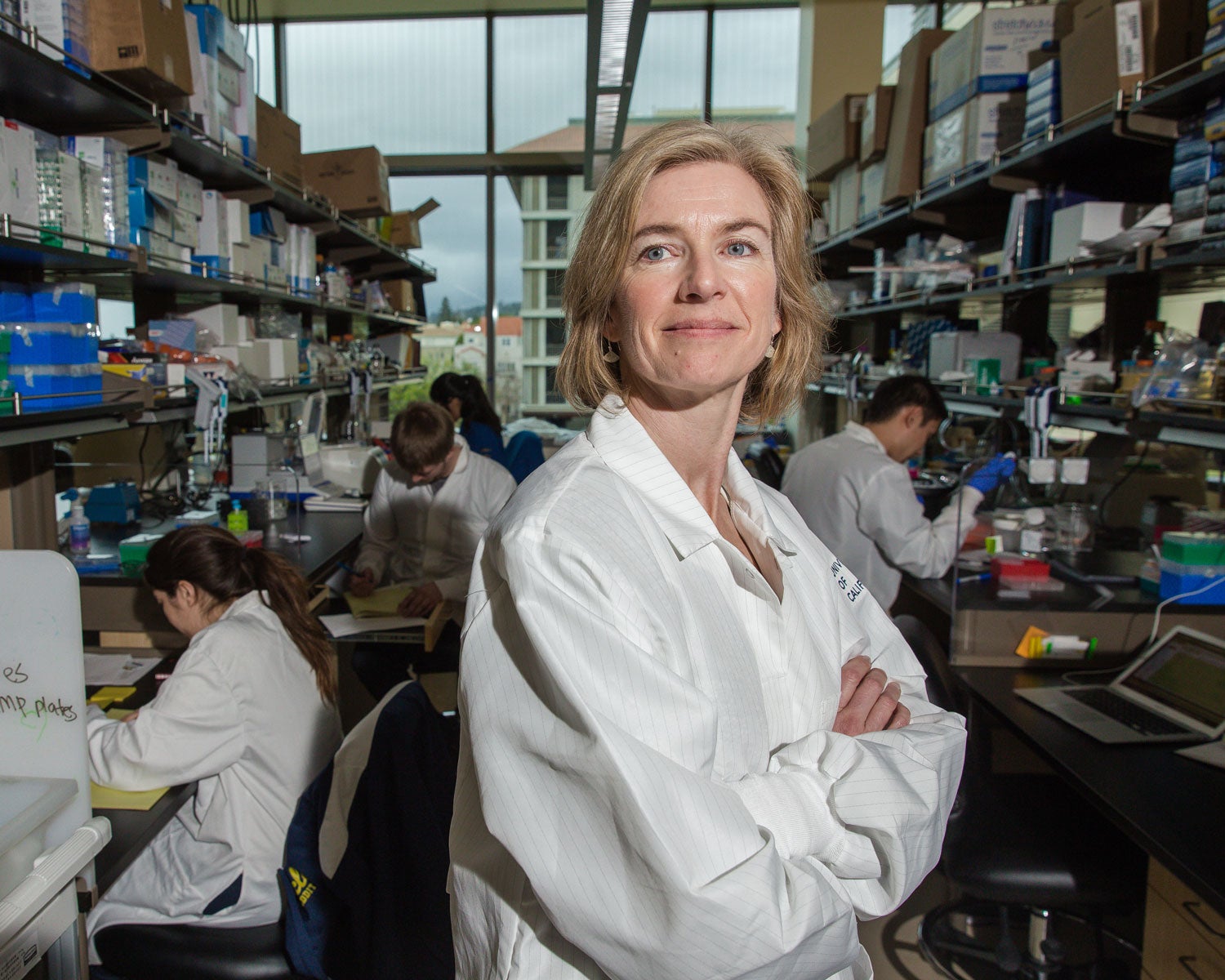
Jennifer Doudna discovers precision gene editing
In 2011 Doudna, a professor of molecular and cell biology at the University of California, Berkeley, was investigating how bacteria fight off viruses. She instead discovered a new method of precision gene editing called CRISPR—for which she was eventually awarded the Kavli Prize.
Watch and learn how we can modify genes with CRISPR Credit: Nick Otto for The Washington Post via Getty Images
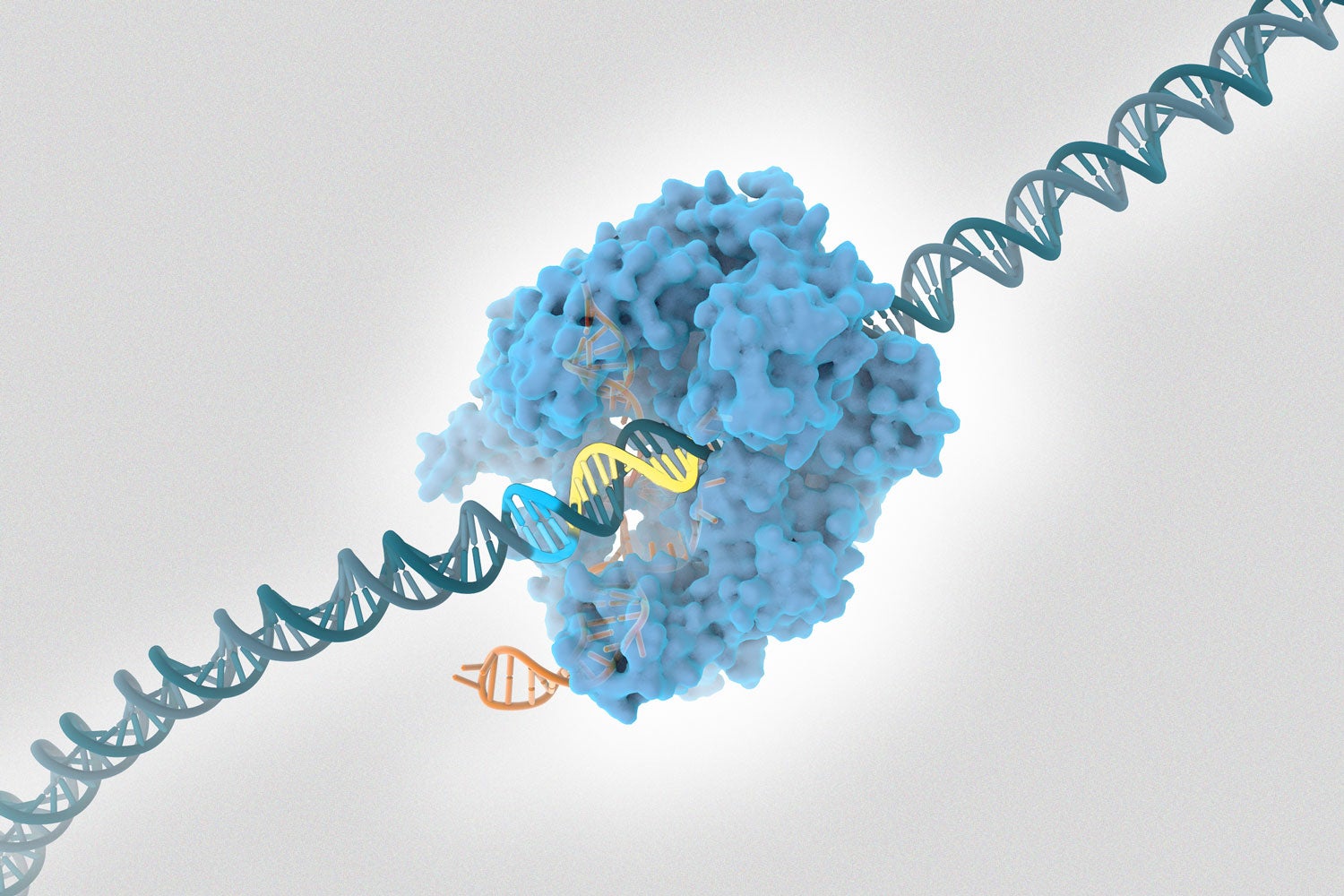
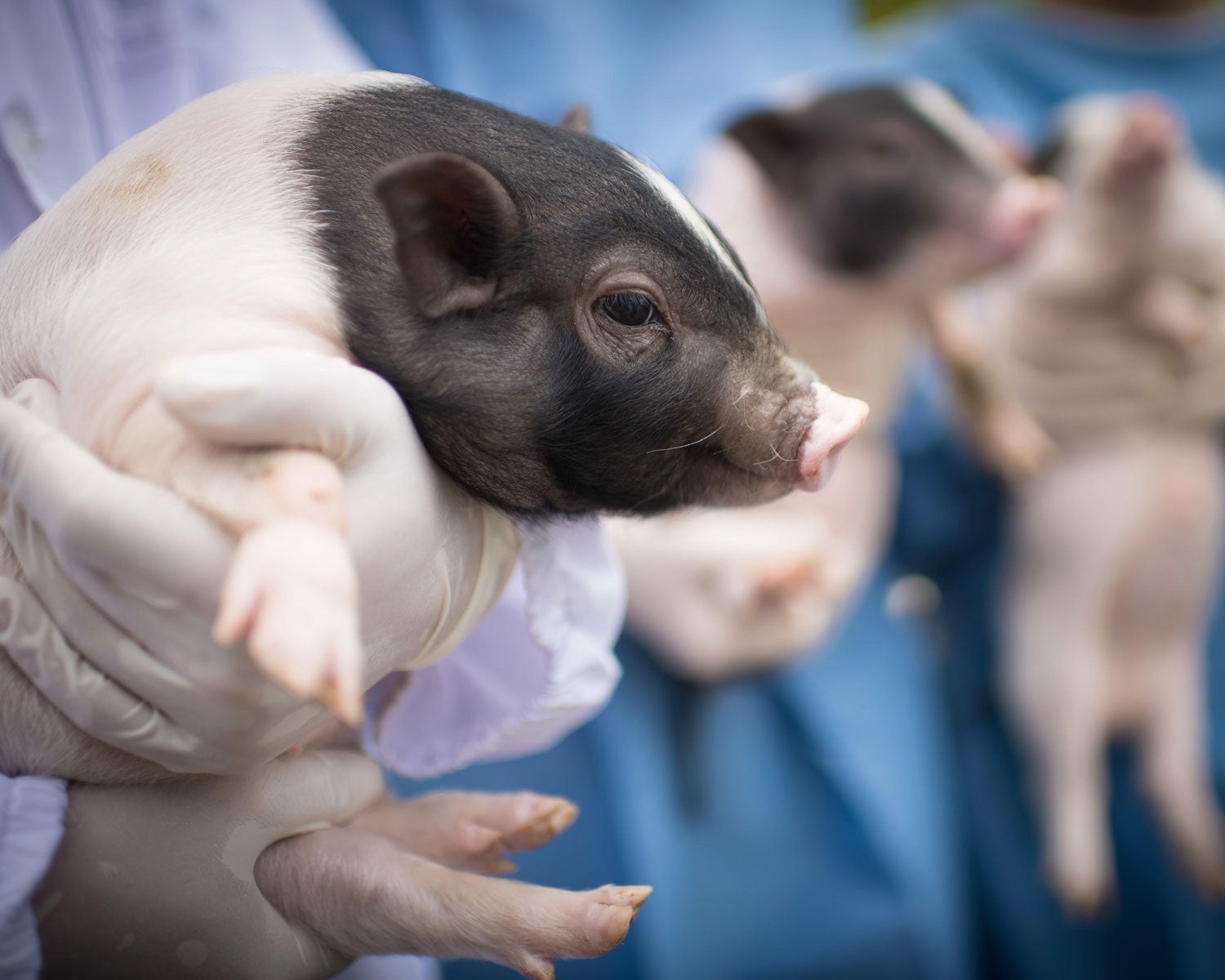
CRISPR technology takes off
Today CRISPR technology lets scientists insert genes, delete them, and rewrite them at will. This makes it fast, easy and inexpensive to edit the genome of any organism. Scientists are using CRISPR to develop gene therapies, hardier crops, and engineered cell and animal models to speed research on cancer and mental illness. But questions about the technology remain.
Credit: Imaginechina Limited/AlamyCRISPR may be too error-prone for some clinical applications
In a recent study, scientists from the Wellcome Sanger Institute in Hinxton, UK, reported that CRISPR editing caused unexpected mutation in roughly 16 of every 50 cells examined. That ratio is represented here by healthy pigs (pink) to mutants (white), and it is far more than scientists had expected. Faulty editing of the human genome could lead to cancer or other diseases.
But researchers are engineering more accurate CRISPR systems
In 2019 a Duke team modified CRISPR’s guide RNA to make the system 50 times more accurate. Other researchers are genetically engineering the Cas9 protein to improve accuracy, and testing CRISPR systems that edit RNA but leave the genome untouched.
Should we make designer babies?
In 2018, Chinese scientist Jankui He said he used CRISPR while performing in vitro fertilization to create genetically modified human embryos, which developed into twin baby girls. The scientific world condemned him because the technology has not undergone proper testing. He was also prosecuted in China and sentenced to three years in prison.
Credit: ShutterstockShould we allow CRISPR to alter entire species?
CRISPR-based gene drive technology can spread an altered gene through an entire population of organisms. This could stop mosquito-borne diseases like malaria. Scientists at Imperial College London have altered an entire population of mosquitoes in the lab. Meanwhile, the United Nations has called for limits on field tests, and DARPA is spending $65 million to learn how to control, counter and reverse gene drives.
Credit: Getty Images- • Limit clinical trials to treatment and prevention of serious diseases or disabilities.
- • Use the regulatory processes already in place for human gene therapy.
- • Don’t edit genes in germline (heritable) cells because the editing is not yet accurate enough.
- • Permit clinical trials of gene editing on germline (heritable) cells only to treat or prevent serious disease, and only with stringent oversight.



